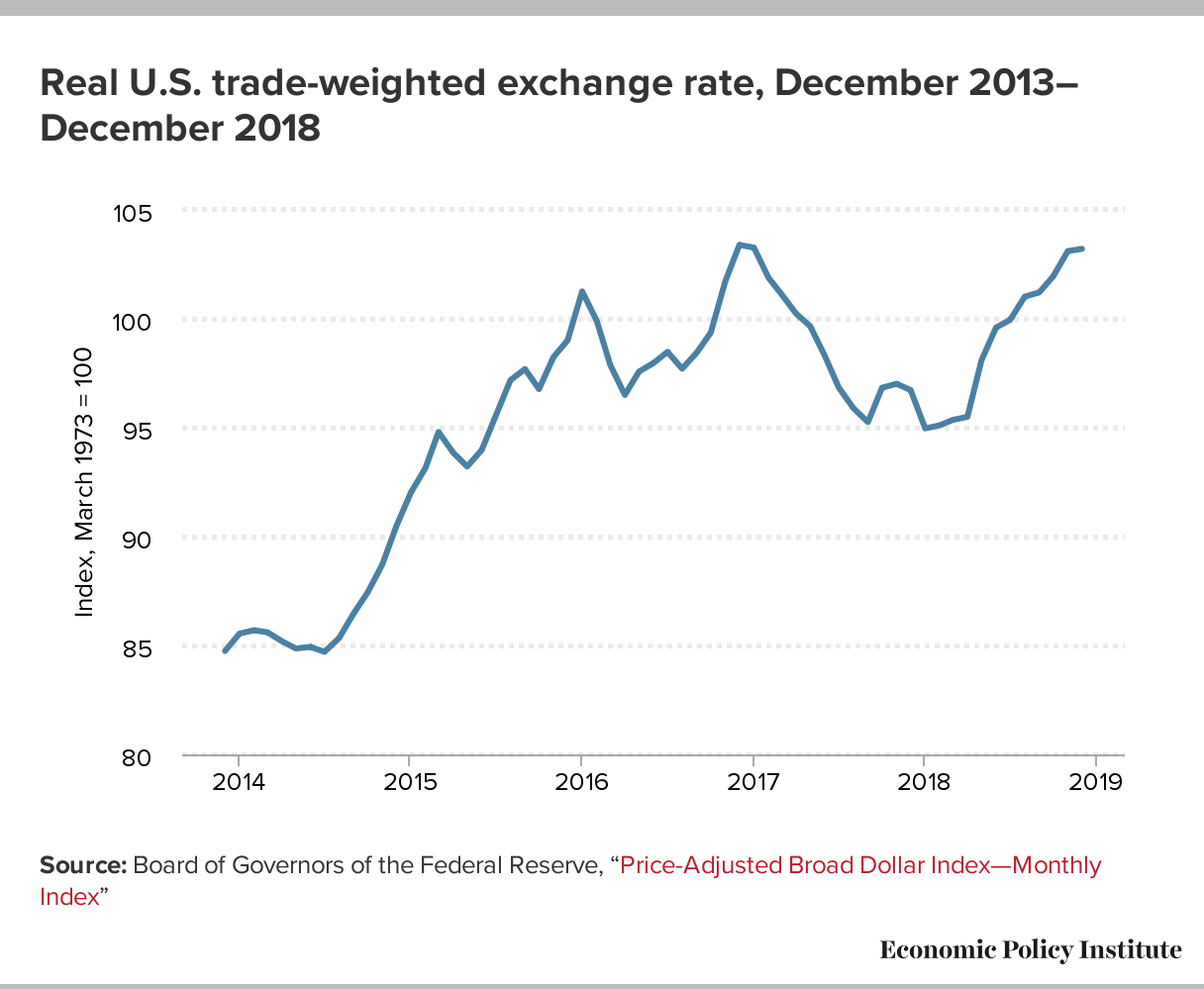Why Investors Shouldn't Fear High Stock Market Valuations: BofA's Perspective

Table of Contents
BofA's Argument: Interest Rates and Their Impact on Valuations
One of BofA's central arguments focuses on the undeniable relationship between low interest rates and higher stock valuations. Historically, low interest rates have a significant impact on investment decisions and market dynamics.
-
Low interest rates reduce the cost of borrowing for companies: This allows businesses to invest more readily in expansion, research and development, and hiring, ultimately fueling economic growth and boosting corporate earnings. This increased corporate activity directly supports higher stock prices.
-
Low rates make bonds less attractive: When interest rates are low, the returns on bonds become less appealing compared to the potential returns from equities. This shift in investor preference pushes more capital into the stock market, increasing demand and driving up valuations.
-
BofA's Predicted Interest Rate Trajectory: While BofA's specific predictions on interest rate movements can fluctuate, their general stance often considers the impact of prolonged low rates. Their analysis frequently highlights that even a gradual increase in interest rates might not drastically alter the current market dynamics, at least not in the short term. Understanding their predicted trajectory is crucial for interpreting their perspective on high stock market valuations. (Note: Always refer to the most recent BofA reports for the most up-to-date predictions).
BofA's research frequently incorporates detailed models predicting interest rate changes and their cascading effects on various market sectors. Their reports provide supporting data that strengthens their argument for the sustained viability of the current market even with relatively high valuations.
The Strength of Corporate Earnings: A Foundation for High Valuations
BofA's analysis extends beyond interest rates to encompass the robust performance of corporate earnings and profitability. They often highlight sectors experiencing exceptional growth, using this data to support the current valuation levels.
-
Strong Earnings Growth Sectors: BofA frequently identifies specific sectors exhibiting particularly strong earnings growth. These sectors, often technology and consumer staples, play a significant role in justifying higher price-to-earnings (P/E) ratios.
-
Robust Earnings Justify Higher P/E Ratios: While high P/E ratios can be a cause for concern, BofA contends that the current levels are, to a significant degree, supported by the strength and resilience of corporate earnings. This indicates that companies are generating sufficient profits to warrant their current market capitalization.
-
Addressing Potential Counterarguments: BofA acknowledges that some earnings spikes might be temporary. However, their analysis typically focuses on identifying sustainable growth trends rather than short-term fluctuations. They utilize sophisticated modeling techniques to separate temporary gains from long-term sustainable growth patterns. This helps to provide a more accurate picture of the overall health of the market and the justification for the high valuations.
The data presented in BofA's research papers, including detailed financial statements and sector-specific analyses, offers compelling evidence for their perspective on the role of strong corporate earnings in supporting higher stock market valuations.
Long-Term Growth Potential: A Look Beyond Short-Term Volatility
BofA emphasizes the importance of considering long-term growth prospects when assessing high stock market valuations. Their analysis often takes a long-term view, looking beyond short-term market fluctuations.
-
Growth Drivers Identified by BofA: BofA consistently points to several key drivers of long-term economic growth, including technological innovation, particularly in areas like artificial intelligence and renewable energy, and the continued expansion of emerging markets.
-
BofA's Predictions for Future Market Returns: While specific return predictions are inherently uncertain, BofA's forecasts generally remain positive, especially considering a long-term investment horizon. They highlight the potential for sustained growth despite the current high valuations.
-
Importance of Long-Term Investment Strategy: BofA strongly advocates for a long-term investment strategy. This approach allows investors to weather short-term market volatility and benefit from the potential for significant long-term growth.
BofA’s long-term growth projections are usually supported by rigorous econometric modeling and extensive qualitative analysis, giving investors a more nuanced understanding of the forces shaping future market performance.
Addressing the Risks: A Balanced Perspective on High Stock Market Valuations
While BofA presents a relatively optimistic perspective, they acknowledge the inherent risks associated with high valuations.
-
Addressing Market Corrections and Inflation: BofA's analysis doesn't ignore the possibility of market corrections or the impact of inflation. Their models incorporate these risks, allowing for a more comprehensive assessment of the overall market outlook.
-
Risk Mitigation Strategies: BofA suggests various risk mitigation strategies, including diversification of investment portfolios across different asset classes and sectors. They also stress the importance of a well-defined investment plan aligned with individual risk tolerance levels.
-
Responsible Investing: BofA emphasizes the importance of responsible investing, suggesting strategies that balance risk and return while considering environmental, social, and governance (ESG) factors.
BofA's risk assessments typically utilize sophisticated quantitative models, incorporating historical data and various economic indicators to provide a holistic view of potential market risks.
Conclusion: Investing Wisely Despite High Stock Market Valuations – A BofA-Informed Approach
In summary, BofA's perspective on high stock market valuations is nuanced and balanced. They acknowledge the risks, but their analysis emphasizes the mitigating factors of low interest rates, strong corporate earnings, and robust long-term growth potential. The key takeaway is to consider a long-term investment strategy, diversify your portfolio, and adopt a responsible investing approach. Don't let fears about high stock market valuations paralyze your investment strategy. Conduct your own thorough research, consult with a qualified financial advisor, and make informed decisions about your portfolio based on your unique circumstances and risk tolerance. Understanding BofA’s perspective on high stock market valuations can significantly contribute to a more robust and informed investment plan.

Featured Posts
-
 Returning To Fsu After The Shooting Students And Faculty Weigh In
Apr 22, 2025
Returning To Fsu After The Shooting Students And Faculty Weigh In
Apr 22, 2025 -
 Pope Francis A Legacy Of Compassion 1936 2024
Apr 22, 2025
Pope Francis A Legacy Of Compassion 1936 2024
Apr 22, 2025 -
 Ftc Appeals Activision Blizzard Deal Ruling Microsoft Merger Uncertain
Apr 22, 2025
Ftc Appeals Activision Blizzard Deal Ruling Microsoft Merger Uncertain
Apr 22, 2025 -
 The Threat To Us Financial Primacy Examining Trumps Trade Policies And Their Consequences
Apr 22, 2025
The Threat To Us Financial Primacy Examining Trumps Trade Policies And Their Consequences
Apr 22, 2025 -
 Karen Reads Murder Trials Key Dates And Events
Apr 22, 2025
Karen Reads Murder Trials Key Dates And Events
Apr 22, 2025
